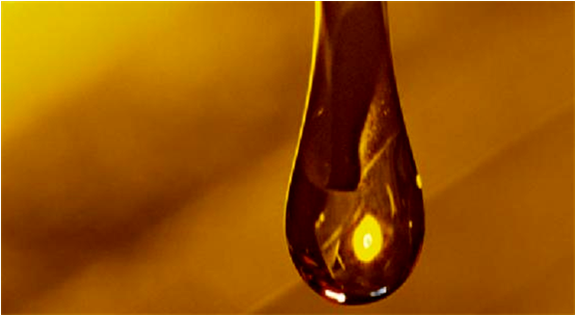Associations
National Fluid Power Association
Fluid Power Educational Foundation
International Fluid Power Society
Society of Tribologists and Lubrication Engineers (STLE)
Industry News
Fluid Power Journal
Hydraulic Reservoirs
Designing Smaller Reservoirs
When it comes to reservoir design, bigger is not necessarily better. In fact, the trend is to provide smaller reservoirs.
READ ARTICLE
Hydraulic Pump Basics
A hydraulic pump is a mechanical device that converts mechanical power into hydraulic energy. It generates flow with enough power to overcome pressure induced by the load.
READ ARTICLE
Contamination Testing
Methods of assessing fluid cleanliness have become more sophisticated and effective, but also easier and more convenient to use. Here’s a summary of what’s happening.
READ ARTICLE
Noise Control
Hydraulic systems that run without making a lot of noise do not just happen. They result from careful design and well-planned installation strategies. Here are some strategies.
READ ARTICLE
Industry Articles
Fluid aeration can cause numerous problems in a hydraulic and lubrication oil system. Aeration occurs when air contaminates the hydraulic fluid. Symptoms include foaming of the fluid, erratic actuator movements and a banging or knocking noise when it compresses and decompresses during circulation through the system. The following articles explain in greater detail the causes and problems of hydraulic aeration and other challenges that may occur if a hydraulic system is not properly maintained.

Helgesen & MSOE Work to Improve Hydraulic Reservoir Efficiency
In a joint interview with Design World, Mark Schmidt, Business Development Manager for Helgesen Industries, and Paul Michael, a research chemist for the Fluid Power Institute at the Milwaukee School of Engineering, discuss the efficiency improvements made to hydraulic reservoirs using HydroNucleation reservoir technology. READ INTERVIEW
The Benefits of Oil Analysis
The cleanliness of hydraulic oil systems is extremely important because of the very close tolerances that exist in the pumps, control valves and between pistons and walls. READ ARTICLE
The Danger of Air and Bubbles: Potential Problems with Hydraulic Lubrication
Costly repairs can be avoided by carefully monitoring lubricant health and safeguarding against the possible causes of Aeration and Cavitation. READ ARTICLE
